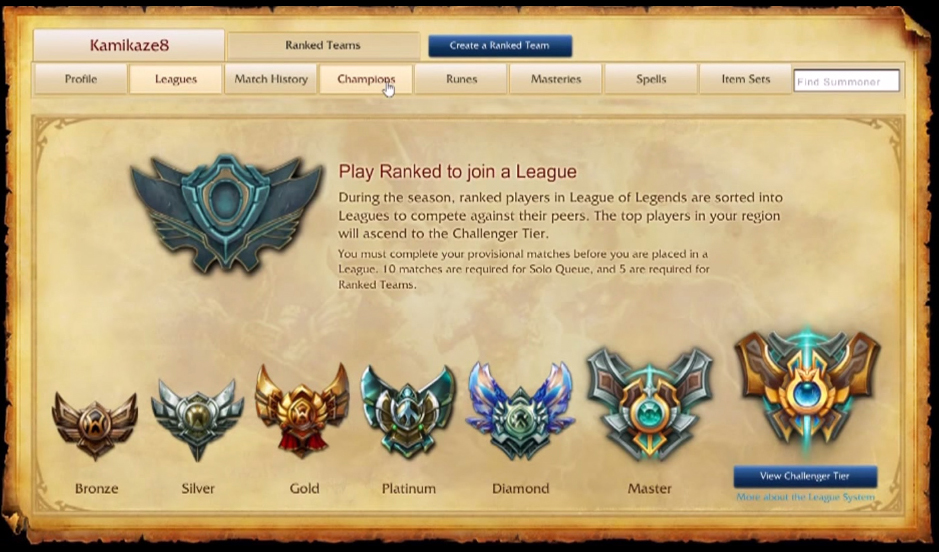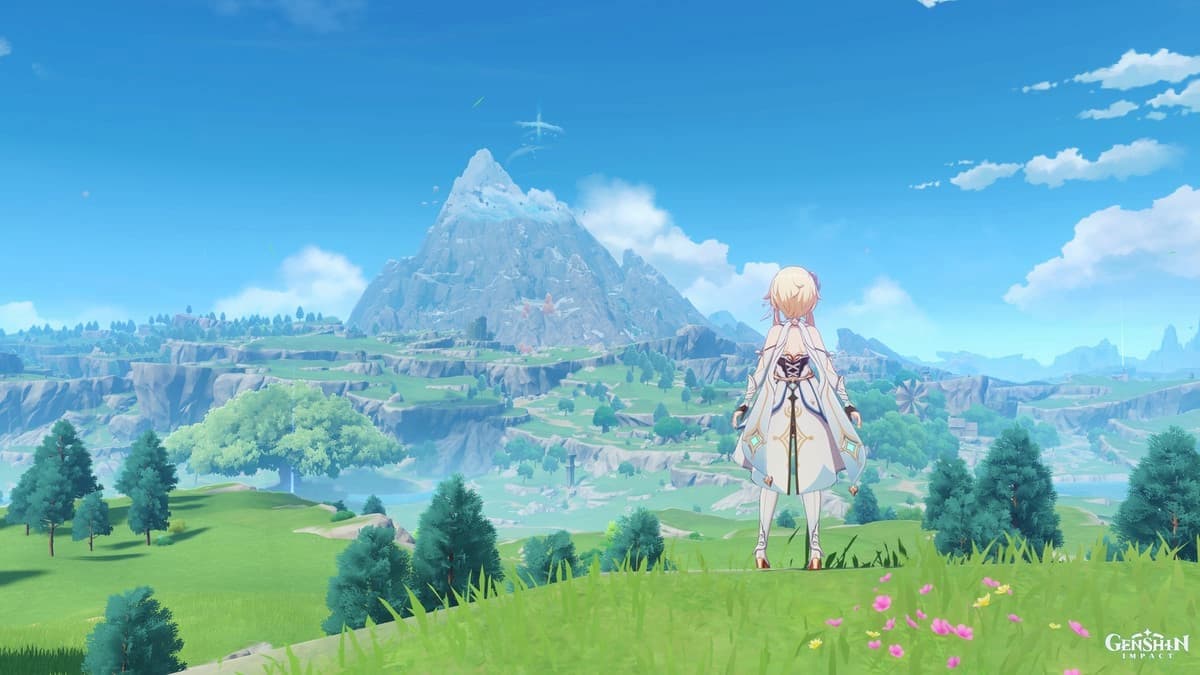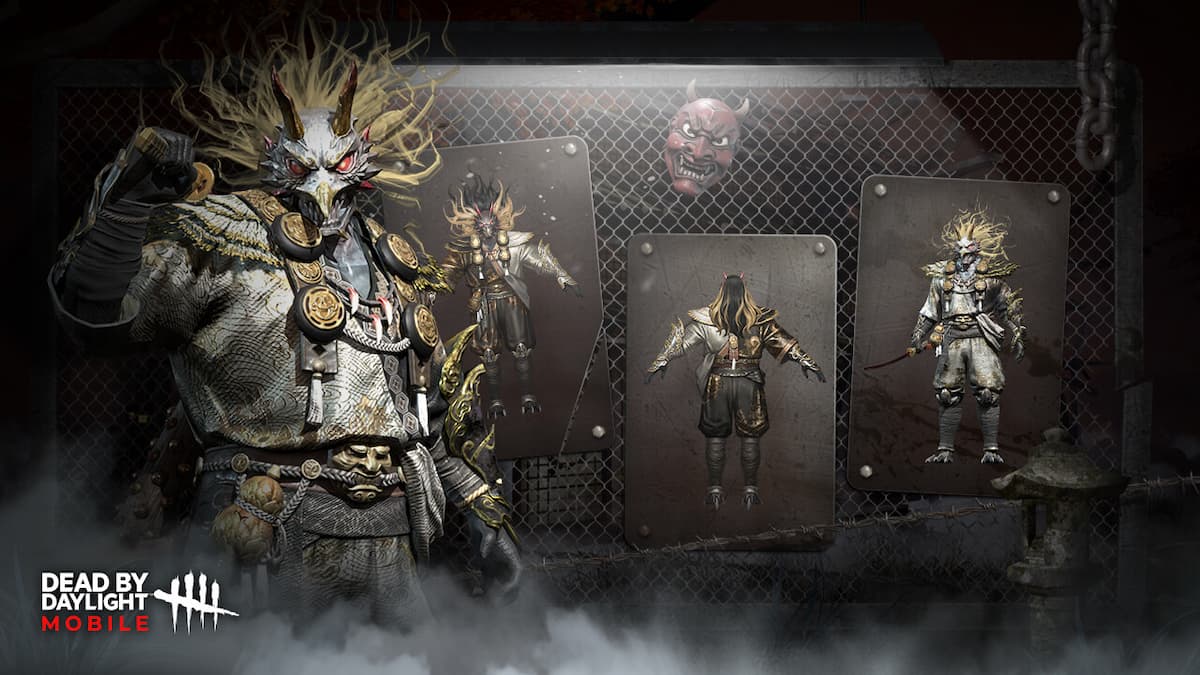League of Legends is hard. And considering around 70% of the player base is in Bronze and Silver ELOs, most people who play ranked have a lot to learn; myself included. I’m fortunate because I work at Mobalytics, which is a performance data tool for LoL. We have a team of people including ex-professional gamers, professional League of Legends coaches, and people from all ELOs right up to Challenger.
Although I’m a new player, I get direct access to great hints and tips that help me suck less at ranked — and I wanted to share them with my fellow League players. Some practices you may have heard before, but many you won’t know yet.
1. Before the game
In League of Legends, the game starts before you even open the client. Setting yourself up for a competitive mindset and finding that groove is essential for good results.
Play a warm-up game
Jumping straight into ranked before you’ve had a warm-up game is not such a good idea. Play at least one normal game, depending on your how much time you have, and you’ll see better results when you move to ranked.
Specialize
Just in case you missed this memo, climbing ranked solo queue effectively means specializing in a single champion — or at most a small selection of 2-3 as a max. Choose mechanically accessible champions and avoid technical champs such as Lee Sin or Bard. Flashy plays are fun, but they take up mental space that should be focused on LoL fundamentals such as positioning, farming, and decision making.
Work out, eat properly, meditate
Sounds kind of like something your grandma would say. But want to know another demographic that says the same? Challenger-tier coaches. Sitting down to play on an empty stomach, with your body half asleep and a mind scattered with daily tasks and other distractions just doesn’t help your game.
Never meditated before? Just sit, close your eyes, empty your mind, focus on your breath, when you catch yourself thinking about stuff, stop thinking and focus again on your breath. Repeat for 5-10 minutes. It’s surprisingly difficult.
Ignore your LP, focus on best-of matches
The more you focus on your LP and your rank, the less likely you are to play to the best of your ability. Your tier is not a direct indication of how good you are at the game. Detach yourself from these metrics and focus on best-of-3 or best-of-5 games with yourself. That way, it’s easier to ignore LP gains and you’ll avoid “ladder anxiety”.
Set up a League of Legends journal
Whether you use a notepad, Google Sheets, or something else, create a journal for your League games to record your performance when watching your replays later on. Replay watching is a post-game exercise, so set up the journal now and we’ll look at how to effectively analyze replays later. Have one tab or section for skill usage, then one for early, mid and late game.
Hit the wiki and learn something new
Game knowledge is the most beneficial aspect to focus on for Bronze and Silver players. And a primary step is understanding each champion and what they do. Before each game, fire up the LoL wiki and select the champion from the home page that you understand the least. Look at their skills, then make mental notes on whether they have crowd control or other key mechanics so you know how to play next time you face them.
Check builds
Spend a little time on ProBuilds or check out some League builds here on GameSkinny and seek item inspiration for your champion. It’s especially worth visiting the site a few days after new patches are released. It’s easy to pick items out of habit, but it’s effective to keep up-to-date and check in on the meta.
Practice your CS’ing
Load up custom games and practice your last hitting. As a bare minimum, you should be able to hit 70 CS in the first 10 minutes. That may sound like a lot, and it may even feel a lot when you start practicing. But considering there are 107 minions to kill in the first 10 minutes, that means you get to miss 37 CS during each drill. If you can’t do it alone in lane in a custom game without opponents pressuring you, you definitely won’t hit this minimum benchmark in a real game.
All of this contributes to a good attitude
By taking the time to get focused, to learn some new things about the game, working on best-of matches with yourself, practicing your CS and other tips above, you’re cultivating a good attitude before you go into game. Flaming and blaming is one of the worst things you can do if you actually want to improve your win-loss. The game is hard enough already, don’t make it harder by being that guy. Focus on improving yourself; it’s the only thing you really control in solo queue.
2. Early game
League of Legends is a game of momentum. The advantages secured in the early game have the potential to lead into the kind of snowballing that’s tough for an enemy to come back from, so here are some best practices to make that happen.
Communicate relevant info with your team
If you play a champion with a level 2 power spike such as Leona, Thresh or Blitzcrank, or if you want to try an early invade or gank, let your team know. By getting people on the same page and pulling off a successful early tactic like this, you can build team synergy and improve your chances of a successful game.
Look at the map every 3-5 seconds
Some players set up timers (such as this one, but there are many others) to remind them to look at the mini map every 3 to 5 seconds. This is a great habit to develop — especially in the laning phase, which is notoriously difficult with so much to focus on.
Learn lane control
The amount of games I play where ADCs and other roles just sit there pushing lane with auto attacks from minute 1 truly boggles my mind. Controlling the lane is a mission-critical skill in this game. Take time to watch videos (such as this one or this one) that show what wave control is and make sure you practice it. You’ll make your life much easier.
Effective positioning & waiting for mistakes
Get into the habit of visualizing a circle around each champion representing their effective zones. The coaching tool Map Rift is a good example of what I mean here. If you’re standing alone inside the effective zones of two enemies and one of them has a stun, you’re about to get rekt. If you’re in bot lane, standing miles away from each other can lead to this situation. By thinking about champion’s effective zones, you’re more likely to be positioned correctly.
3. Mid game
Early game is considered the part that the individual player has the most control over. With better knowledge on mid-game decision-making, you’re more likely to pull through as a team.
Completing the wave
“Completing the wave” is another great technique shown to me by a Challenger member of the Mobalytics team. If you take the first turret in your lane, ensure you clear the next minion wave, pushing the line into your enemy’s next turret. By doing that, you force them to defend it and try to get what CS they can, leaving you free reign of the map to go Dragon, raid their jungle, gank, or do something else productive.
Watch and communicate Dragon timings
It’s really not difficult to hit tab for a quick second and check when the Dragon’s spawning. Take the initiative and type “drag 1” or the time in chat so your team knows it’s spawning soon and can make decisions accordingly. Ensure it’s warded around 2 minutes in advance, giving you a little time left on the ward’s lifespan to see if the enemy is making moves.
Don’t go for ePeen kills
Remember that League of Legends is a game of objectives and not of how many kills you get. If your team is ahead, it’s common for carries to get all excited and start going around for more and more ganks, ignoring towers and Dragons. When this happens, you can lose a game with twice as many kills as the enemy team if they go for objectives and you don’t. Don’t make this mistake.
Understand objective priorities
Take a little time to learn what objectives are priorities so you can improve your macro decision-making. Here’s a great video on objective priorities in League of Legends by an excellent educational YouTuber, Pants are Dragon.
4. Late game
Whether you’re ahead or playing from the back foot in the late game, making the right decisions here means the difference between winning and losing. Here are some common mistakes to avoid.
Don’t wander off alone if you’re behind
If you’re behind or the enemy has some OP burst-heavy carry stomping around like Katarina or Akali, don’t wander around by yourself trying to farm “so you can catch up”. You’re just leaving yourself open to easy kills, especially if there are not so many wards up. Stick together a bit, stay on top of warding, look for ganks and defend towers.
Learn that there’s a time for split pushing
Don’t stand alone split pushing in lane unless you have a specific escape plan. You’re just asking to get ganked. We’ve all seen players stay in the top lane trying to backdoor the enemy while leaving the rest of their team 4v5 the enemy, getting further and further behind. If you don’t have a stealth mechanic or the very least have Flash up and a pre-planned place to escape to, don’t farm alone in line trying to split push. There’s a time for this tactic, and it’s not always a good idea. Here’s a great how-to video.
Close the game if you can
Lower ELO players are often bad at closing the game. If you have an opportunity to destroy the base, take it. Don’t give your enemy a chance to come back thanks to a well-timed Baron, which can easily destroy the lead you held on to throughout the game.
5. After the game
Just like League of Legends starts before you open the client, the session should continue after you close it down. Here are some best practices to learn the most from the time you spent in-game.
Don’t spam games if you lost
If you lose two games in a row and you’re playing the best-of-5, take a break. Especially if you’re a little tilted because you had someone go AFK or was feeding or whatever it may be. Take a rest, meditate a little, go for a walk, have a snack, make a coffee; whatever. Just don’t queue another game before you wind down a bit.
Check out your stats quickly
Take a moment to check the stats at the end of each game. It can be good to keep an eye on how you’re doing, even if they’re not overly insightful metrics. See how you did and how stats like CS and GPM progress over time.
Think about what you learned
Whether you won or lost, take a moment to think about what you learned that game. Are there any champions that did something to you that you didn’t understand? Did you notice bad habit with positioning or perhaps a questionable skill usage? It’s good to reflect a little on the game.
Watch the laning phase replay
Once you’ve done that, watch your replay, starting with the laning phase. My two favorite tools for this are Replay.GG and LoL Summoner Info. Fire up the replay and skip to around the 1:40 time stamp, which is when laning typically begins. Watch the next 10 minutes of play and, in the journal you created earlier, make a note of each bad or good skill use. This way, you discover your habits and where they need to improve. It’s an amazing learning tool.
Watch your kills, deaths and assists (KDAs)
The easiest way to watch these is to download Plays.TV and have it running in the background during League games. It records and time stamps KDAs, and although it doesn’t give as much freedom as the native client replay tools listed above, it’s excellent for saving time and watching your camera control during play. Journal your KDAs and what was good or bad. If you start noticing patterns such as “was not watching the minimap during a gank” or “was way out of position too far forward” you know what you need to focus on to improve. And these are things too easy to miss in the heat of the moment.
Journaling general notes
Finally, have a spreadsheet or section in your journal for taking notes of any other observations about your play. Maybe you noticed something about your warding patterns, a realization about how to play against Yasuo or other tough-to-handle champion, whatever may be. The process of analyzing a best-of-3 or a best-of-5 this way should only take around an hour, give or take. Yes, it’s not as fun as playing another game of League of Legends. But by focusing this kind of intention on improving your game, you’re much more likely to get better at the game.
GLHF!










Published: Jun 9, 2016 10:25 AM UTC